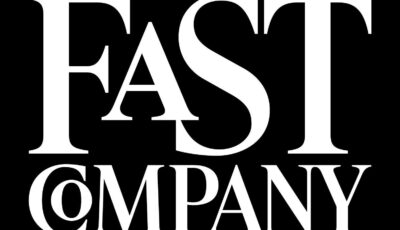For many of us, communication is confusing—especially now. There is a reason why so many companies are now investing in soft skills and public speaking training.
“In a survey of 2,800 senior managers at U.S. businesses,” the Wall Street Journal reported, “just under 40% said strategic changes prompted by COVID-19 required more frequent communications from leadership and improved collaboration within and across teams.”
Yet a recent McKinsey Global Survey found that “87% of executives said they were experiencing skill gaps-but less than half of the respondents had a clear sense of how to address the problem.”
Communication is rarely black and white and with so many grey areas, many of us wish we had a formula to instantly improve our communication. Rather than feeling daunted with the task of learning the finer points of the art of communication, here are three problems and the solutions you can implement now to improve your communication.
YOU’RE NOT REALLY PREPARED
One of the biggest problems relates to how you prepare. The most common mistake I see when I coach my clients is that they forget to ask themselves the most important question before a meeting or a presentation: Why is your audience there and what do they want to hear?
Too often the reason is that we start with ourselves. When we have an upcoming presentation, interview, or meeting, it’s reasonable that we think of what we want to say, what we want to present, and the results we want. While this may be a natural tendency, it won’t capture your audience.
When you think about your audience first, you will have better results.
- What points do they want to hear?
- Why are they in this meeting to begin with?
- What will they get out of the meeting/presentation?
Begin your preparation by thinking of the points your audience wants you to address, then see if you can “match” or speak to those points. For example, if your senior leadership is expecting you to deliver the good news that a project was delivered on time (which it was), you can match this point. If you cannot match that point, for example, if your team still needs more time, you can still address or speak to that point. You may say something like: “We were all hoping the project would be completed by now but due to some unforeseen conflicts, we have a new deadline.”
If you start from their perspective and are then able to match the points they want to hear—or address the differences—your communication will become much more effective and economical.
YOU AREN’T PROVIDING THE RIGHT AMOUNT OF DETAIL
When thinking of our audience, we must consider their level in the organization. Are you speaking upward to your board or CEO, or are you speaking with your team?
I like to use the metaphor of an algebra problem. When you are speaking with your team (your counterparts), they want to see how you arrived at the solution to a problem. They want to know how and why you reached your answer. They want you to show your work because it will help them with their day-to-day tasks.
When you are speaking to your board, your manager, your director, your CEO—this is not the time to show your work. They want to see results and solutions. If they have questions as to how you arrived at your answer, they will ask you. Keep it high level and show the results first, not the work.
I once worked with a client who reported to their CEO every Thursday. They had 15 minutes for this meeting. My client was always running over time and even after running over time they would continue to email, text, and call the CEO because they didn’t feel they were saying everything they needed to say. Once we figured out what detail was important to the CEO and kept it at a high level, they successfully got this weekly meeting down to seven minutes. Needless to say, the CEO was very pleased.
YOU DON’T HAVE AN AGENDA
Some people can wing it and have a great outcome. But for most of us, winging it can be a complete disaster. Why take your chances when you can control the message?
You can script your presentations, but I don’t recommend that. One of the reasons to avoid scripting is it makes you think word to word rather than idea to idea. If you forget a word or someone interrupts you with a question, it is very difficult to find your way back into a scripted presentation. Flexibility is key.
When you have an agenda or a talk track, you are able to jump around from idea to idea all your points are in front of you (or in your mind) and you will have the flexibility you need to stay focused in the moment.
One way to think about a talk track is to create a verbal agenda and ask yourself these questions:
- What are the main points you need to address in this meeting?
- Can you umbrella them into topics and stay on topic?
- What are the main points you need to convey (based on what they want to hear) and can you match them?
By using these tools, you will have more efficient communication and the ability to take some of the guesswork out of the art—and turn it into a problem you can solve with a reliable outcome.

